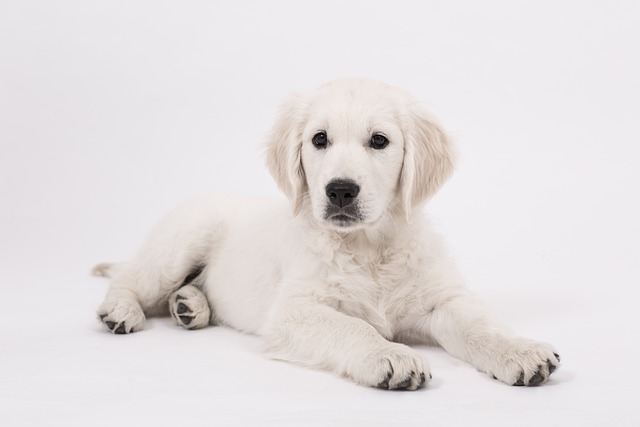
What is the best remedy for extreme shedding in dogs?
You’re folding laundry on the couch, only to find every shirt covered in clumps of dog fur—and when you run a hand over your pup’s back, even more hair comes loose.
If you’re dreaming of bringing home a shih tzu poodle—often called a Shih-Poo—and wondering if they’ll fit your apartment or lap, size is probably top of mind. These fluffy mixes inherit traits from both shih tzus and poodles, so their final size isn’t one-size-fits-all, but there are clear ranges to expect. Most Shih-Poos end up weighing between 7 and 20 pounds when fully grown, with heights ranging from 8 to 15 inches at the shoulder. That makes them a great fit for families in cities or small homes, where space might be tight but love for a pup isn’t.
The science behind a Shih-Poo’s size boils down to their parents, especially the poodle side. If the poodle parent is a toy poodle (the smallest type), the Shih-Poo will lean toward the smaller end—think 7 to 13 pounds. If it’s a miniature poodle, the mix might hit 13 to 20 pounds. Gender plays a tiny role too; males often weigh 1 to 2 pounds more than females, but it’s barely noticeable. To get a better guess, ask the breeder about the size of both the shih tzu and poodle parents—their genes are the biggest clue.
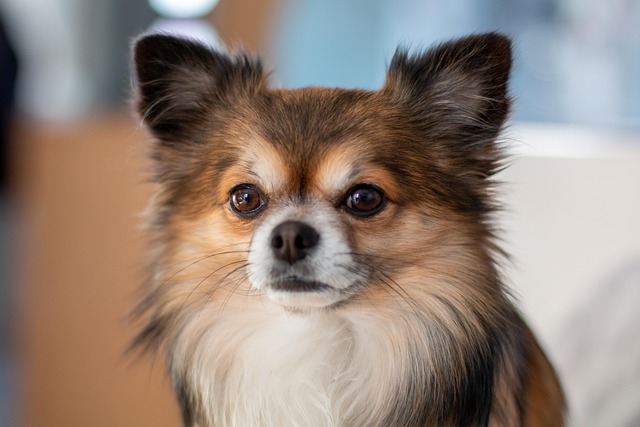 Caring for your Shih-Poo’s growth means more than just tracking the scale. Puppies need nutrient-dense food (look for formulas with real meat as the first ingredient) to support their bones and coat, but don’t overfeed—this mix can gain weight easily if they skip exercise. Aim for 20 to 30 minutes of daily activity: short walks around the neighborhood, playtime with a soft toy, or even indoor fetch on rainy days. Avoid high-impact exercises like jumping off couches until they’re 12 months old—their joints are still developing.
Caring for your Shih-Poo’s growth means more than just tracking the scale. Puppies need nutrient-dense food (look for formulas with real meat as the first ingredient) to support their bones and coat, but don’t overfeed—this mix can gain weight easily if they skip exercise. Aim for 20 to 30 minutes of daily activity: short walks around the neighborhood, playtime with a soft toy, or even indoor fetch on rainy days. Avoid high-impact exercises like jumping off couches until they’re 12 months old—their joints are still developing.
Living with a Shih-Poo in the U.S. means following local rules to keep everyone happy. First, stay on top of vaccines: rabies shots are required by law in every state, and distemper or parvovirus vaccines are a must for puppy health. When you’re out, always carry poop bags—failing to clean up after your pup can lead to fines (some cities charge $50 or more!). And remember, positive training is key here—yelling or physical discipline isn’t just frowned upon in most communities, it also harms your bond. Use treats and praise to teach basic commands like “sit” or “come”—this mix is smart and responds well to kindness.
At their core, Shih-Poos are adaptable companions that fit right into busy family life, whether you’re in a NYC apartment or a suburban home. Their size makes them easy to travel with (they fit in most carrier bags for plane trips) and perfect for snuggling on the couch after a long day. By knowing their growth range, caring for their diet and exercise, and following local rules, you’ll set your Shih-Poo up for a healthy, happy life. If you’re still unsure about their final size, a quick chat with your vet at their 6-month checkup can give you a more precise estimate—they’ll track their growth curve and offer personalized tips.

You’re folding laundry on the couch, only to find every shirt covered in clumps of dog fur—and when you run a hand over your pup’s back, even more hair comes loose.
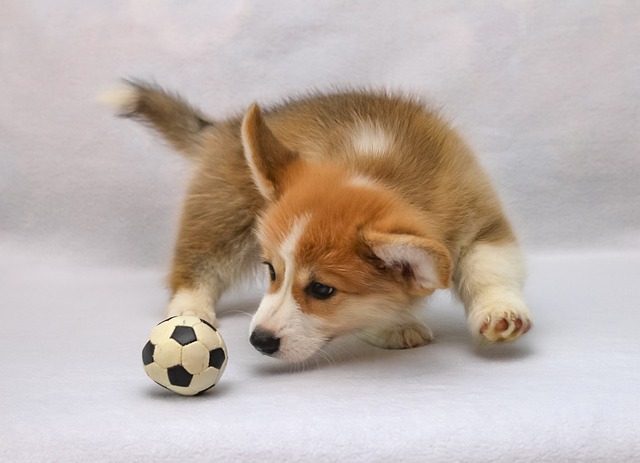
Many dog owners find themselves pausing mid-snack when their pup stares up, waiting for a bite of that bright orange fruit in their hand.

Many new dog owners notice their pup turning up its nose at food once diagnosed with kidney disease, and it’s natural to wonder if this pickiness is a given.
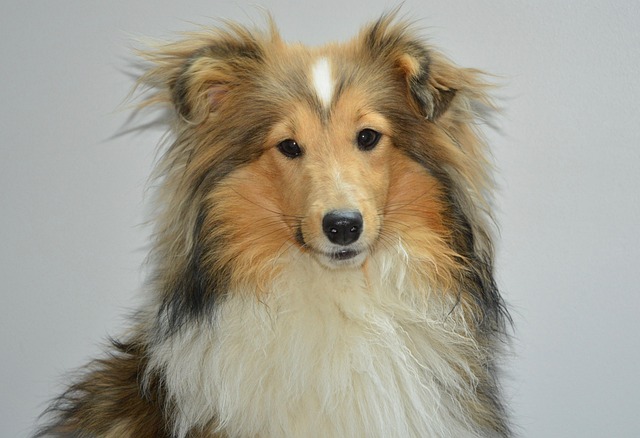
As a new German Shepherd owner, you probably double-check every treat and kibble before giving it to your pup—and for good reason.
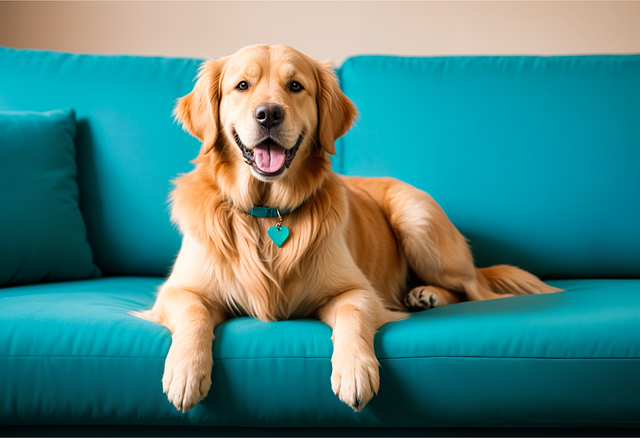
It’s confusing when you fill your dog’s bowl like usual, but they’re still slimming down—even as they zoom around the yard or greet you with their usual wag.

If you’re dreaming of bringing home a shih tzu poodle—often called a Shih-Poo—and wondering if they’ll fit your apartment or lap, size is probably top of mind.